HIIT vs. Tabata Workouts: Is There a Difference?
Of course, you want to get the most out of your workout routine. Who doesn’t? But if you’re up for the challenge of consistently engaging in intense workouts to get the most gains (or losses) per sweaty minute, then choosing some form of interval training may be the way to go -- at least, according to science. The coolest part? While HIIT exercises or Tabata workout routines may sound like trendy buzz words embedded in the social media sphere of the fitness community, it’s actually not new! Interval training has been around since the 1800s and still continues today as a highly effective (and fun) way to burn calories. But are all interval workout routines equal? When it comes to HIIT vs. Tabata, it can be hard to understand the differences. We’re here to answer your common questions about HIIT vs. Tabata workout routines and how to do them most effectively.But what is HIIT vs Tabata...really?

Before we dive into the differences, here’s what you’re getting into. These workout routines both require an intense burst of energy for a short period of time followed by an active recovery which entails a slower period of movement. Then you simply repeat the pattern until your workout is done. For example, imagine you hop on your MaxiClimber and go full throttle for a couple of minutes and then follow it up with a slow climb before you push yourself again. If you repeated this cycle for any length of time-- congratulations! You’re doing interval training! It’s high energy, highly exhausting and highly effective. One study compared the two interval training methods against each other and found that both HIIT and Tabata will generate desirable results. The real question is, however, does one reign supreme over the other? And if they’re both forms of interval training, how are they different workout routines?
Duration and Rest

The first notable difference in HIIT vs. Tabata is the length of time you perform intense workouts vs. how long you rest or lower your heart rate. With Tabata, the bursts of fitness energy can be pretty short. You only have to go full-strength for 20 seconds, followed by a rest period of only about 10 seconds. That’s it! But then you repeat it over and over and over until you reach your desired workout time. Traditionally, Tabata was only meant to be four minutes total (though, quite possibly the longest four minutes you’ll ever experience while working out due to intensity). But nowadays, fitness fans tend to want to push themselves further. That means people have been known to perform Tabata workout routines for as long as 10 to 30 minutes… sometimes longer! With HIIT full-body workouts, your length of time extends out a little further but not by much. The intense workouts last anywhere from 30 seconds to four minutes, and the rest could be anywhere from 30 seconds to a couple of minutes. This is also the form of interval training that is more traditionally meant to last anywhere from 15 minutes to an hour. Although, right in the middle with a HIIT 30-minute workout tends to be the more popular go-to for those who love a good sweat session. The main thing to remember is the time ratio. Tabata usually uses a 2:1 ratio of intensity vs. cool down, while HIIT exercises are either equal in time or follow a 1:2 ratio where the cool-down period is longer than the initial burst of extreme energy.
Heart Rate and Intensity

When comparing HIIT vs. Tabata, one thing is definitely clear: both are intense workouts that are challenging. If you want to break a sweat fast and get results, either one will get you there. But time and time again, Tabata is referred to as requiring the greatest level of intensity by the fitness community. This is mostly due to the ratio of intensity vs. rest being more in favor of the intensity period lasting longer. On the other hand, HIIT allows for a little more slow-down time than Tabata. The measurable part is the focus on heart rate. Tabata is a notoriously more high octane, primarily due to the desire to get your heart rate above 100 percent. It’s all about pushing your limits for as long as you can (and also why the intense workout segments are significantly shorter than HIIT exercises). With HIIT total body workout routines, the target heart rate is still high but more settled between 80 to 95 percent. It is still high and intense, but keeping the heart rate lower than the Tabata approach allows people to go longer with their workouts. However, more intense doesn’t always equal better. One study found that participants predominantly found Tabata to be more unpleasant than their HIIT exercise rounds. Another study found that “obese young women” enjoyed their HIIT workouts. While pleasantness is definitely a matter of opinion, it’s something to consider. After all, if you can’t have fun working out, what’s the point?
The Benefits of HIIT vs. Tabata

In our opinion, when comparing the benefits of HIIT vs. Tabata, everyone is a winner here. All health benefits are good and what we want to see. Tabata overall does raise your VO2 Max, but it doesn’t necessarily burn more fat than HIIT workouts since, more often than not, people can do HIIT exercise sessions for more extended amounts of time compared to Tabata. But both do amazing things for our bodies. Here are just some of the benefits that are less HIIT vs. Tabata and more interval training as a whole.
Behold the Benefits of Both:
- Boosted metabolism
- Increased weight loss
- Increased strength
- Improved cardiovascular health
- Decreased blood pressure (lowered bad cholesterol while boosting good cholesterol)
- Targeted abdominal fat and body fat in general
- Improved insulin sensitivity
- Improved stamina
- Increased lean muscle mass
Here’s the best part: anyone can enjoy these benefits. You don’t just have to be young to get the most out of this intense workout method. In fact, Mayo Clinic did a study that found that participants who were 65 years old or older gained significantly more benefits than participants in their thirties. So don’t be discouraged if an intense workout that is trendy seems out of your comfort zone — especially if the reason is your age. Anyone can benefit from interval training. And honestly, the benefits are too good not to jump on the bandwagon.
MaxiClimber Can Help
When it comes to achieving optimum intense workouts, MaxiClimber is the best home workout equipment on the market. Not only does it engage every part of you in a full-body workout, but it’s easy to push hard and then pull back — making it a highly effective addition to any HIIT exercise routine. Not sure how to get started? We can help with that, too. Stream live or pre-recorded workout routines to help guide you on your fitness journey. When you join the MaxiClimber community, you also gain access to our exclusive fitness coaches. Whether you start your day on your MaxiClimber or enjoy a post-work sweat session in the evenings, you’re never alone in figuring out which workout method is right for you. Click here to learn more about how MaxiClimber can help you achieve your fitness goals.
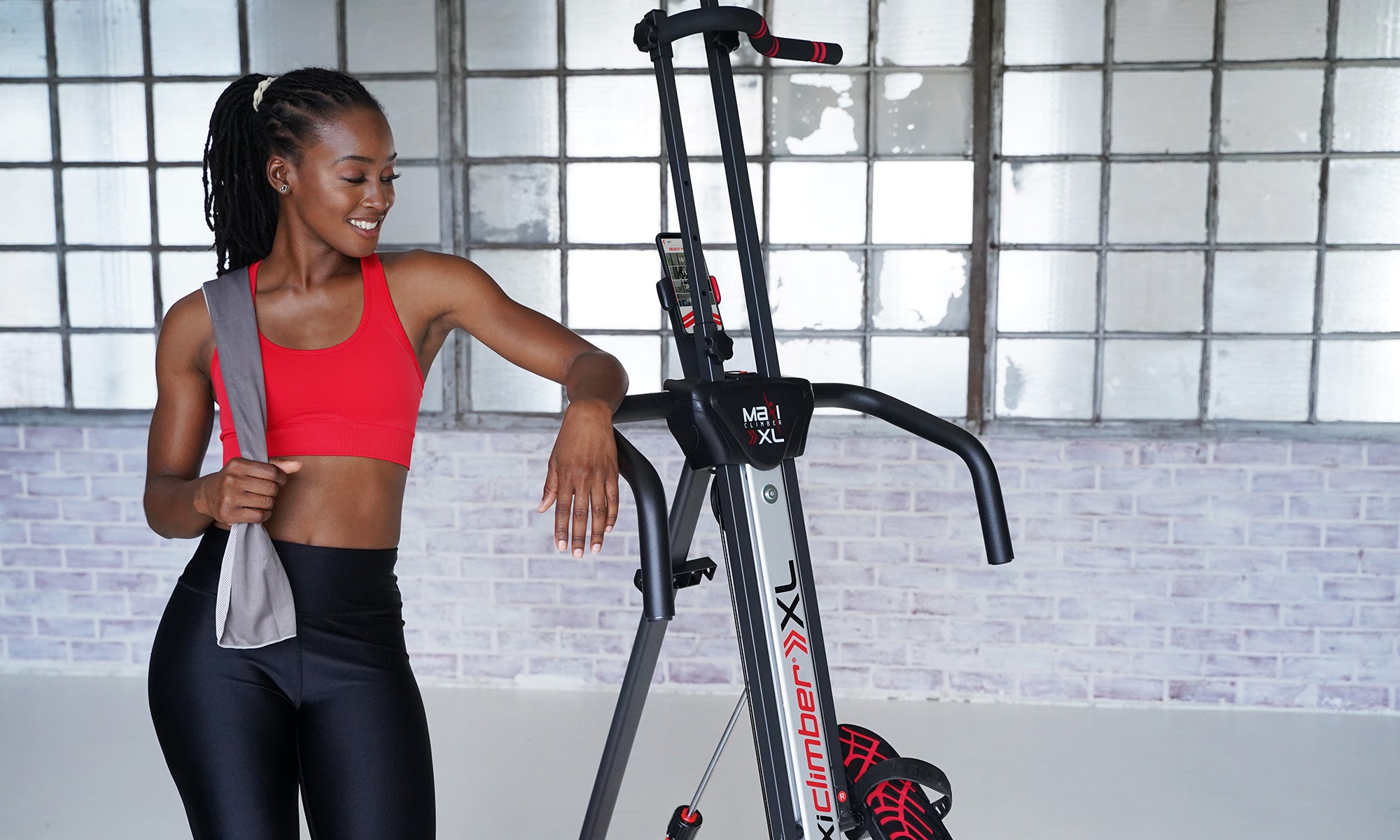


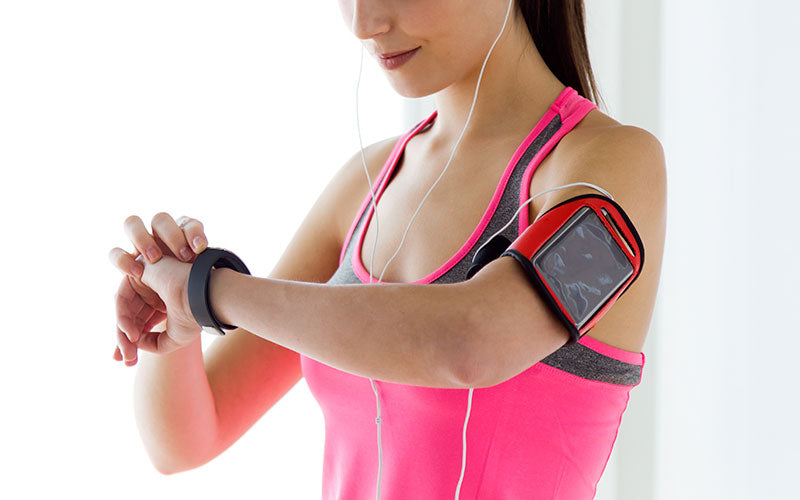
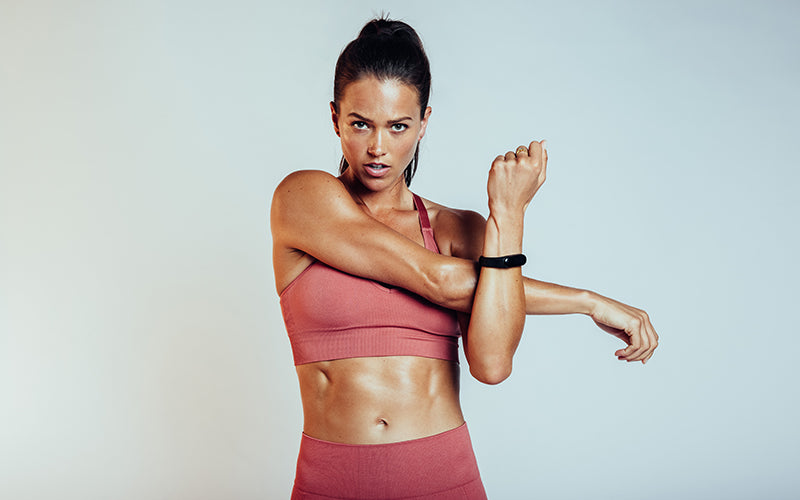




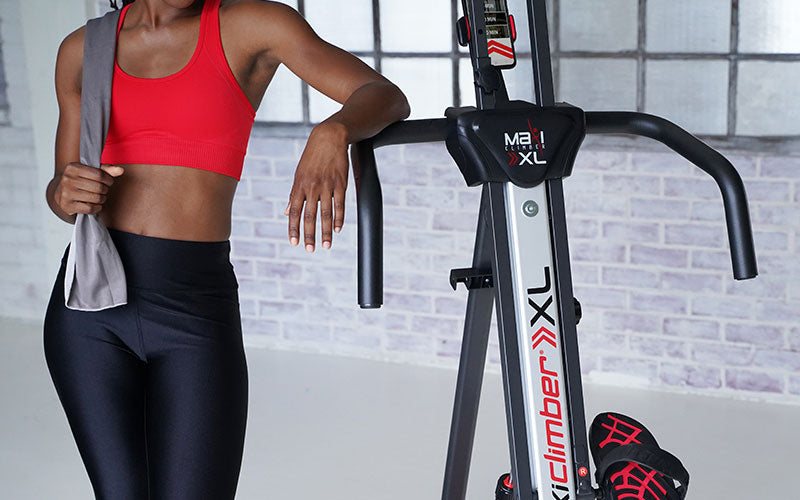

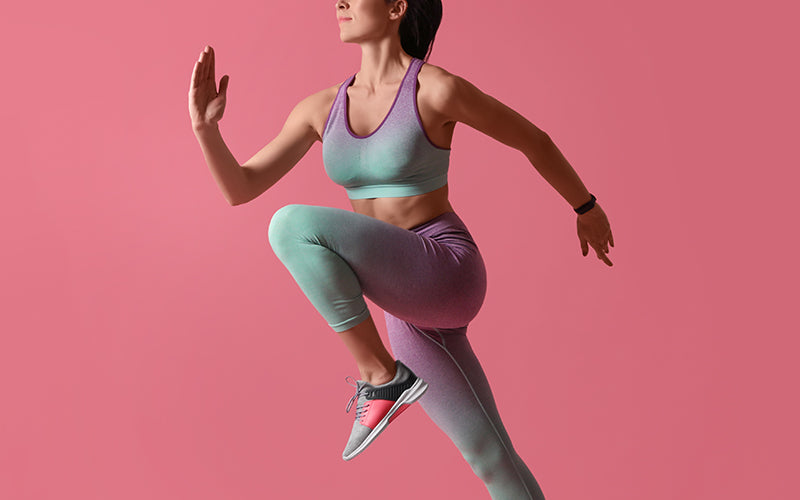
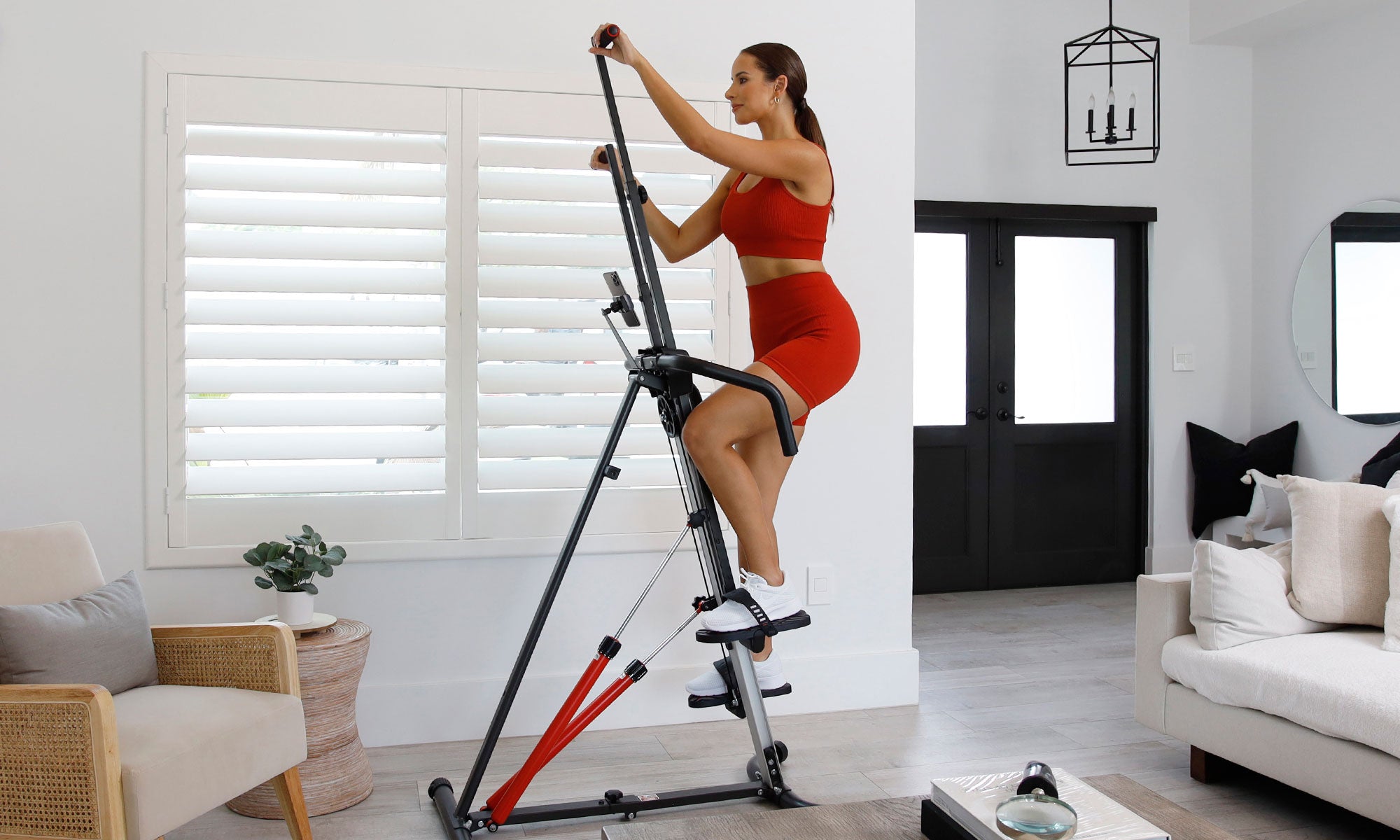
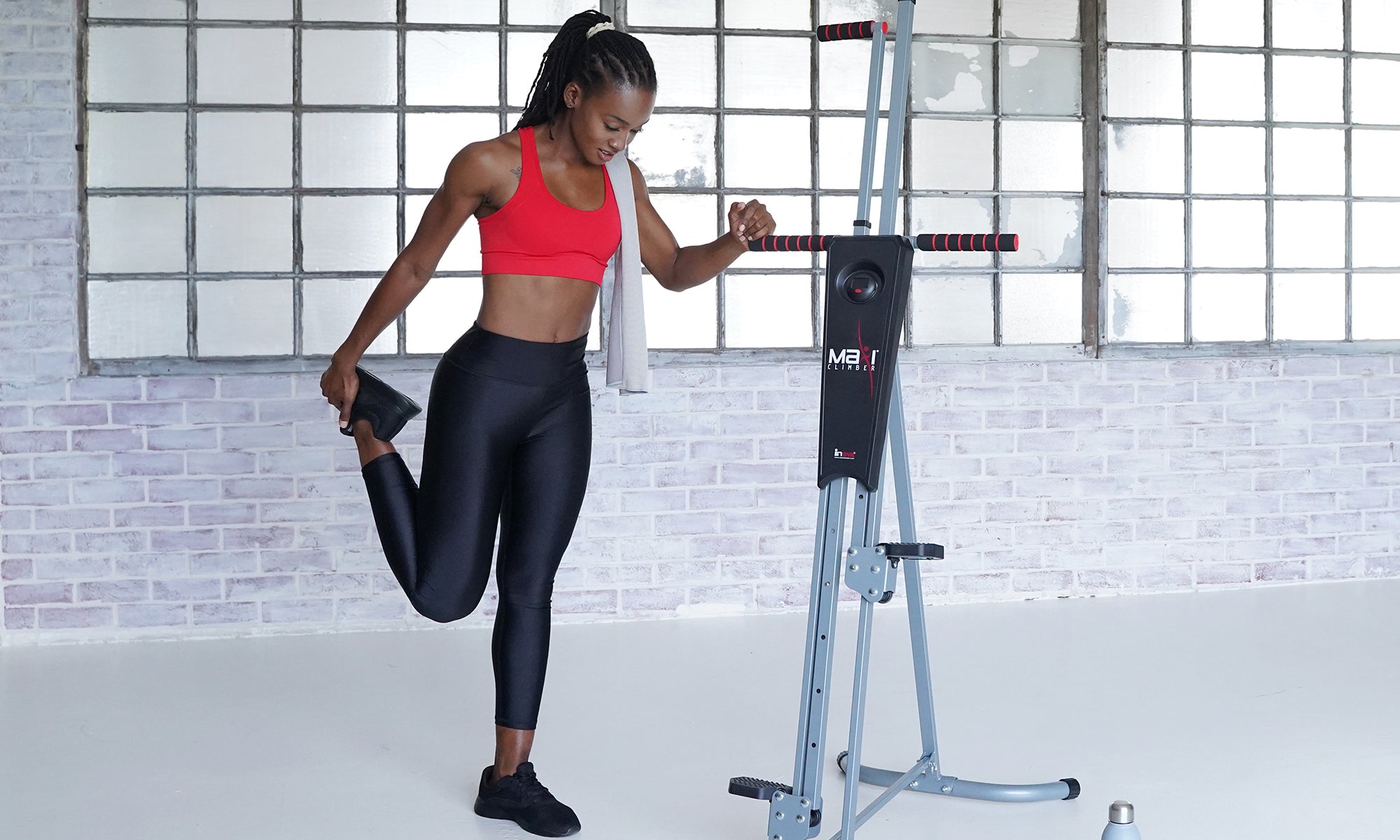
Share: